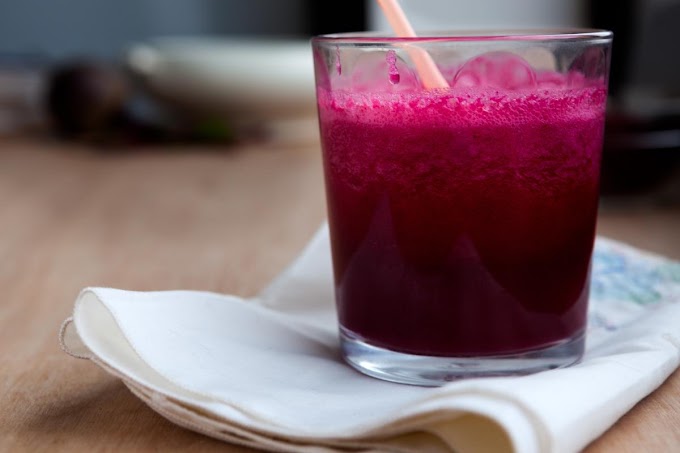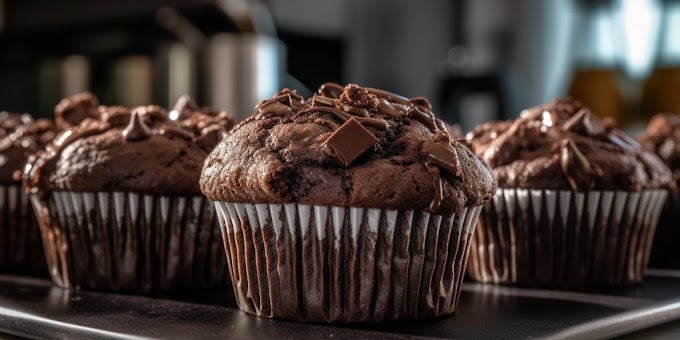Biscuits are a beloved comfort food, cherished for their buttery, flaky texture and versatility. Whether you’re serving them up with breakfast, pairing them with dinner, or enjoying them with a dollop of jam, there’s something undeniably satisfying about a well-made biscuit. But achieving the perfect biscuit can be tricky, especially if you’re new to baking. In this blog, we’ll take you through the steps to make classic homemade biscuits that are light, fluffy, and utterly delicious.
The Importance of Ingredients
Before diving into the recipe, it’s essential to understand the role of each ingredient in the biscuit-making process. Biscuits are deceptively simple, with just a handful of ingredients, but each one plays a critical role in achieving the perfect texture and flavor.
Flour: The foundation of any biscuit, flour provides structure. All-purpose flour is typically used for biscuits, as it has the right balance of protein and starch. Some recipes may call for self-rising flour, which already contains leavening agents and salt, making it easier for beginners.
Fat: The fat in biscuits, usually butter or shortening, is responsible for the flaky layers. When the fat melts during baking, it creates steam, which helps the dough rise and results in a tender, flaky texture. Butter is the preferred fat for most bakers due to its rich flavor, but shortening can produce flakier biscuits.
Leavening Agents: Baking powder and sometimes baking soda are used to help the biscuits rise. The baking powder provides the necessary lift, while the baking soda can be added when the recipe includes an acidic ingredient like buttermilk.
Liquid: Milk or buttermilk is commonly used in biscuit recipes. The liquid binds the ingredients together and helps create steam during baking, contributing to the biscuit’s rise. Buttermilk adds a slight tanginess and reacts with baking soda to produce a lighter texture.
Salt: A small amount of salt enhances the flavor of the biscuits, ensuring they’re not bland.
Now that you understand the role of each ingredient, let’s move on to the actual recipe.
Classic Buttermilk Biscuits Recipe
Ingredients:
2 cups all-purpose flour (plus extra for dusting)
1 tablespoon baking powder
1/2 teaspoon baking soda
1/2 teaspoon salt
1/2 cup unsalted butter, cold and cut into small cubes
3/4 cup buttermilk, cold
Instructions:
Preheat Your Oven: Start by preheating your oven to 450°F (230°C). A hot oven is crucial for achieving a good rise in your biscuits.
Prepare Your Dry Ingredients: In a large mixing bowl, whisk together the flour, baking powder, baking soda, and salt. This ensures that the leavening agents are evenly distributed throughout the flour.
Cut in the Butter: Add the cold, cubed butter to the flour mixture. Using a pastry cutter, fork, or your fingertips, work the butter into the flour until the mixture resembles coarse crumbs. It’s important that the butter remains cold during this process, as this will help create the flaky layers in your biscuits.
Add the Buttermilk: Pour the cold buttermilk into the flour and butter mixture. Gently stir the mixture with a wooden spoon or a spatula until the dough just comes together. Be careful not to overmix, as this can result in tough biscuits.
Turn Out the Dough: Lightly flour a clean work surface and turn the dough out onto it. Gently knead the dough a few times to bring it together. Again, be cautious not to overwork the dough.
Shape the Dough: Pat the dough into a rectangle about 1/2 inch thick. Fold the dough into thirds, like folding a letter. This step helps create layers in the biscuits. Rotate the dough 90 degrees, then gently pat it out again to a thickness of about 3/4 inch.
Cut the Biscuits: Using a biscuit cutter or a round cookie cutter (about 2 to 3 inches in diameter), cut out your biscuits. Press straight down without twisting the cutter, as twisting can seal the edges and prevent the biscuits from rising properly. Gather any scraps of dough, gently pat them together, and cut out more biscuits.
Bake the Biscuits: Place the biscuits on a baking sheet lined with parchment paper, ensuring they’re close together but not touching. This will help them rise taller. Bake in the preheated oven for 12-15 minutes, or until the tops are golden brown.
Serve: Once baked, remove the biscuits from the oven and brush the tops with melted butter for an extra layer of flavor. Serve warm, and enjoy your perfectly fluffy homemade biscuits!
Tips for Perfect Biscuits Every Time
Making biscuits can be a bit of an art, but with these tips, you’ll be well on your way to mastering the technique:
Keep Ingredients Cold: The key to flaky biscuits is to keep your ingredients, especially the butter and buttermilk, as cold as possible. Cold butter creates steam pockets during baking, which lead to those desirable flaky layers.
Don’t Overmix the Dough: Overmixing can activate the gluten in the flour, leading to dense, tough biscuits. Mix the dough just until it comes together.
Use a Sharp Biscuit Cutter: A sharp biscuit cutter ensures clean cuts, which help the biscuits rise properly. Avoid twisting the cutter, as it can seal the edges and hinder the rise.
Bake Biscuits Close Together: Placing the biscuits close together on the baking sheet allows them to rise higher as they bake. They’ll support each other and have a better structure.
Experiment with Flavors: Once you’ve mastered the basic biscuit, feel free to experiment with different flavors and add-ins. Try adding shredded cheese, herbs, or even a touch of honey to the dough for a unique twist.
Variations to Try
Biscuits are incredibly versatile, and once you’ve mastered the basic recipe, you can start experimenting with different variations:
Cheese Biscuits: Add a cup of shredded cheddar cheese to the dry ingredients before cutting in the butter. These biscuits pair beautifully with soups and stews.
Herb Biscuits: Mix in fresh or dried herbs like rosemary, thyme, or chives for a savory twist.
Sweet Biscuits: For a sweeter option, add a tablespoon of sugar to the dry ingredients and brush the tops of the biscuits with a mixture of melted butter and honey before baking.
Drop Biscuits: If you’re short on time, try making drop biscuits. Instead of shaping and cutting the dough, simply drop spoonful's of dough onto the baking sheet. They won’t be as uniform in shape, but they’re just as delicious.
Conclusion
There’s something truly special about a homemade biscuit. It’s a simple pleasure that brings comfort and warmth to any meal. With a little practice and attention to detail, you can create biscuits that are light, fluffy, and full of flavor. Whether you stick to the classic recipe or experiment with different variations, homemade biscuits are sure to become a favorite in your kitchen. So roll up your sleeves, gather your ingredients, and start baking—delicious, homemade biscuits are just a few steps away!








Social Plugin